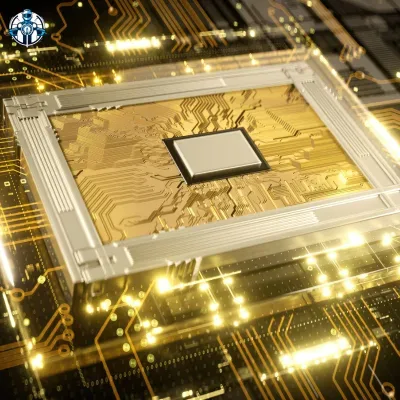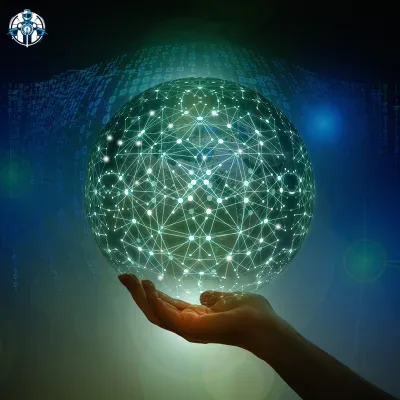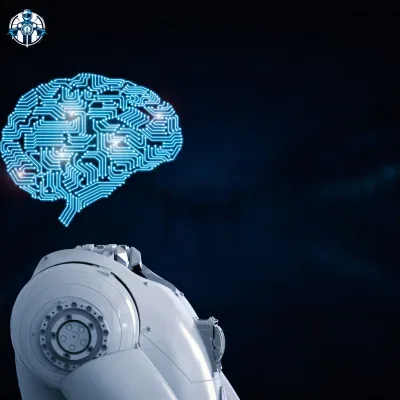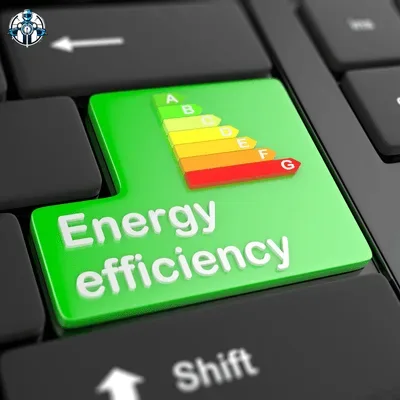5 Software Tricks to Slash Your Tech’s Energy Bill
Imagine your technology working more efficiently. Your phone uses less power. Your data center runs smoothly. It does all this without losing speed. This is the effect of energy saving software in 2025. People praise hardware like neuromorphic chips, but software also offers smart solutions. From green AI to clever scheduling, five practical techniques can lower your energy bill while keeping performance high. This idea is part of a larger change in the tech world. You can learn more from The Tech Revolution You Can Feel: How Energy Efficient Computing Is Changing Everything in 2025 at /energy-efficient-computing-2025-revolution. Are you ready to save energy? Here is how it works.
- Why it is important: Software plays a key role in efficiency.
- Who benefits: Gamers and data center managers benefit.
- What is inside: Five practical techniques that save energy.
- Green AI: Smarter Models, Less Energy
Listen to our Podcast: Green AI & Beyond: Software Secrets to Save Energy in 2025
What is Green AI?

Green AI builds artificial intelligence that uses less energy. Traditional AI models use a lot of power. Training one model produces as much CO2 as five cars produce in their lifetimes. However, green AI reverses this trend. It uses simpler models such as distilled neural networks and pruning techniques. These methods reduce compute needs by 50 to 70 percent, according to studies. It is artificial intelligence that performs well while using little power.
- The fix: Simpler algorithms and reduced complexity.
- The gain: AI tasks use 50 to 70 percent less power.
- The vibe: Practical technology with an eco friendly focus.
How It Saves You
On your phone, green AI helps apps like voice assistants run smoothly. They use less battery. In data centers, green AI lowers energy costs when training models. It can save billions of watts each year. Green AI works well with hardware such as GPUs that use little energy. You can learn more about these in Why Neuromorphic Chips Are the Future of Green Tech at /neuromorphic-chips-energy-efficient-hardware-2025.
- Phone perk: Your phone lasts longer on one charge.
- Server save: Cuts costs and uses less energy in servers.
- Team player: It makes hardware work better.
- TensorFlow Lite: Edge Power Play
Edge Computing Star
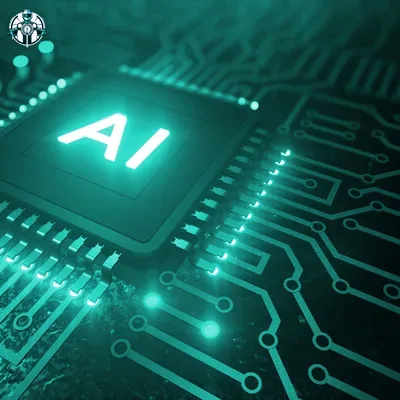
TensorFlow Lite is a tool from Google for edge computing. It is a light framework that runs machine learning on devices such as phones, smart gadgets, and electric vehicles. It works without relying on power heavy clouds. Plus, it shrinks models so they fit small hardware. It cuts energy use by up to 80% compared to cloud processing, according to research from Google Developers. You can feel its efficiency every day.
- The tech: A simple machine learning model for edge devices.
- The cut: Up to 80% less energy than cloud processing.
- The reach: It works in smart homes and cars.
Real-Life Wins
Your smart thermostat adjusts on its own without asking a server. Your electric vehicle picks the best route quickly. TensorFlow Lite keeps the work on the device. It saves power and money. Do you want more details? Visit /energy-efficient-tech-applications-2025 for more on energy efficient computing. It shows smart local processing and helps save energy.
- Thermostat trick: It works locally and avoids cloud processing.
- EV boost: It helps navigation and extends range.
- Daily vibe: Saves power in everyday use.
- Carbon Aware Computing: Timing Is Everything
Syncing with Renewables
Carbon aware computing is about timing. It runs heavy tasks when renewable energy from the sun or wind is at its best. Microsoft Azure leads this effort. It moves data center tasks to match green power grids. It cuts carbon emissions by up to 30% compared to previous levels, according to IEA Analysis. Also, it uses timing in software to help the planet.
- The move: It works when the sun shines and when the wind blows.
- The drop: It cuts carbon by 30% from data centers.
- The smarts: Uses green timing to make a big impact.
Your Bill Feels It
For businesses, this change leads to lower energy bills. Plus, renewable peaks bring lower rates. At home, your PC can set its updates during off-peak green hours. This method works at all scales. Also, data centers use this trick. See how they do it in Inside the World’s Most Efficient Data Centers at /sustainable-data-centers-2025.
- Business win: Lower costs and greener operations.
- Home perk: Updates that reduce energy use.
- Scale factor: From PCs to server farms.
Linux Power Management—Every Watt Counts

Linux power management is the unsung hero of energy savings. It does not attract attention but works well. Plus, it uses CPU throttling, scaling, and sleep modes to cut energy use. It saves 20 to 40 percent power on servers or laptops. Also, it supports many data centers and smart devices in 2025.
- The tools: Throttling, scaling, and sleep modes.
- The save: 20 to 40 percent less power across the system.
- The reach: From servers to laptops.
Why It Matters
In a data center, this method saves millions of watts each year. On your device, it gives you longer battery life. And it fits with carbon-aware computing. Look at the example in Inside the World’s Most Efficient Data Centers at /sustainable-data-centers-2025. Linux helps systems run efficiently.
Server scale: Millions of watts saved yearly.
Device perk: Longer battery life.
Team vibe: It supports other energy-saving methods
Dynamic Resource Allocation: Work Smarter
Dynamic resource allocation shifts computer power fast. For example, Amazon Web Services raises server capacity when demand grows. It cuts idle energy waste by 25 percent. The system adjusts power use and keeps work smooth. Also, it saves energy when load drops.
- The play: Raise power when needed and lower it when use falls.
- The cut: A 25 percent drop in wasted energy.
- The scope: It covers cloud systems and applications.
Everyday Savings
Your streaming app uses less power when you browse. And your smart home puts devices to sleep when they are not used. This trick works with edge computing and eco friendly methods. It makes tech work better and saves energy. For more on saving our planet, see Can Efficient Computing Really Save the Planet? at /environmental-impact-efficient-computing-2025.
- Stream win: Lower power use with the same streaming.
- Home perk: Devices sleep when idle.
- Green link: It meets eco goals.
The Future of Energy Saving Software
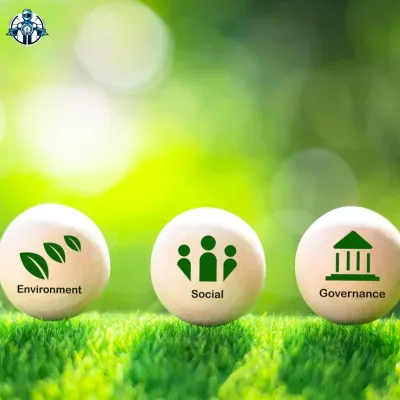
These ideas are just the start. By 2030, smart systems will predict energy needs and adjust power use. They will save more than 50 percent of energy. Simple tools will work with smart sensors to help homes and cities use energy wisely. And if you are curious about the future, check Energy-Efficient Computing in 2030: What to Expect at /future-energy-efficient-tech-2025.
- Future work: Smart cuts in power use.
- Smart link: More efficient living.
- 2030 goal: Software takes charge.
Table: Software Tricks and Savings
| Trick | Energy Savings | Key Use Case |
| Green AI | 50-70% less for AI | Model training, apps |
| TensorFlow Lite | 80% less vs. cloud | Edge devices, IoT |
| Carbon-Aware Computing | 30% carbon drop | Data centers |
| Linux Power Management | 20-40% system-wide | Servers, laptops |
| Dynamic Allocation | 25% less idle waste | Cloud, smart homes |
Wrapping It Up
These five tricks help lower your tech energy bill. They use green AI, TensorFlow Lite, carbon aware computing, Linux power management, and dynamic allocation. Plus, they keep your system fast and use less power. They work with hardware improvements too. See Why Neuromorphic Chips Are the Future of Green Tech /neuromorphic-chips-energy-efficient-hardware-2025 for the hardware part. Read the full story at The Tech Revolution You Can Feel: How Energy-Efficient Computing Is Changing Everything in 2025 /energy-efficient-computing-2025-revolution. Save power and money. Start now.
FAQs
Here is what people ask about these software tricks:
Q: What is green AI?
Green AI is a smaller form of artificial intelligence. It uses 50 to 70% less power for models (Carbon Credits).
Q: How does TensorFlow Lite save energy?
TensorFlow Lite runs AI on devices at the edge. It does not send data to the cloud. This saves 80% energy.
Q: What is carbon aware computing?
Carbon aware computing times tasks for renewable energy. It cuts carbon output by 30 percent. See Inside the World’s Most Efficient Data Centers /sustainable-data-centers-2025.
Q: Why use Linux power management?
Linux power management saves energy on many systems. It cuts power use by 20 to 40 percent from servers to laptops.
Q: How is the future looking?
AI and ambient intelligence may reduce energy use by over 50 percent by 2030. See Energy-Efficient Computing in 2030: What to Expect /future-energy-efficient-tech-2025.








